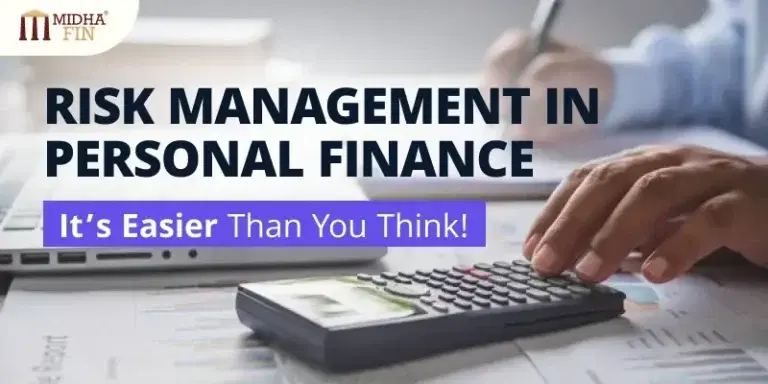Finance |
Money
Risk Management in Personal Finance

Personal financial planning and investment should be done applying risk management principles. Risk assessment helps minimize potential losses by protecting the assets. The techniques of doing it are as follows:
1. Identification of Financial Goals and Risks
Define goals: Setting out clear and specific short term and long-term financial goals, e.g. buying a house, retirement savings, or education funding.
Identify Risks: Identify the potential risks that may cause a hiccup in the financial plan.
2. Risk Profiling
Risk Profiling: Get an idea about your risk tolerance by considering factors like age, financial situation, and investment horizon. Conservative investors shall have biasness towards bonds; aggressive investors shall be biased towards stocks or real estate.
3. Diversification
Diversify Across Asset Classes: Reduce risks through investment in different asset classes, like equity, bonds, real estate, and others, and industries so that bad performance from one of the asset categories or industries does not impact your investments.
Global Diversification: Invest in international markets to avoid country-specific risk, such as political instability.
4. Emergency Fund
Create a Safety Net: It should be such that the emergency fund covers 3-6 months of living expenses. It acts as a buffer against job loss, medical emergencies, or any other unforeseen events.
5. Insurance
Risk Transfer: Insurance forms an important component of personal risk management. This includes using life, health, property, and disability insurance to mitigate financial losses as far as possible.
Review Coverage: Periodically evaluate and upgrade insurance coverage to be covered sufficiently for all current risks.
6. Asset Allocation
Balance Risk and Reward: The right asset mix will be based on one’s risk tolerance, age, and investment horizon. While there is no hard and fast rule to this, younger people can afford to have a more aggressive portfolio with more in stocks than older people who may want more bonds and fixed-income instruments.
Rebalancing: Periodically, rebalance the portfolio back to the right mix, more so after market movements.
7. Avoid Over-Leveraging
Manage Debt Wisely: Keep your debt at manageable levels. Excessive debt is a sure way of increasing your financial risk, especially in times of reduced income or when interest rates go higher. Always clear first those debts that carry high-interest rates, such as credit cards.
8. Avoid Emotional Investing
Stay Disciplined: Most people do emotional investing – reacting to short-term market volatility or media headlines. This, in most cases, may result in bad financial decisions. Stay invested for the long-term plan, not changing your portfolio impulsively.
9. Tax Planning
Minimize Tax Impact: Consider tax-efficient investment strategies in tax-advantaged accounts, like IRAs and 401(k)s, and holding investments for the long term to benefit from lower capital gains taxes. Essentially, it is an intrinsic part of your risk management since it will bear directly on your overall return.
10. Regular Monitoring and Adjustments
Keep Informed: Be constantly on guard regarding personal finances and investments in order to make proper adjustments to react to changes in the market, personal circumstances, or life goals.
Long-Term Focus: Avoid impulsive decisions based on short-term market fluctuations. Instead, maintain a long-term financial strategy. You may revise it periodically.
11. Contingency Planning
Plan for the Unexpected: Including contingency plans such as having a will, power of attorney, and retirement plan beneficiaries to ensure one’s assets are managed or distributed according to an individual’s wishes in case of incapacitation or death.
12. Use of Professional Advice
Consult Financial Advisors: Engage with a certified financial planner or investment advisor who helps in translating the generalized strategies into your risk profile, goals, and situation.
By employing these principles of risk management, one is better positioned and empowered to protect his or her financial well-being, ensure maximum returns from investments toward their financial goals, and achieve them more confidently and securely.


